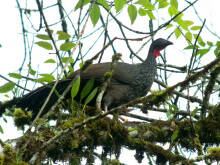
Penelope perspicax
Penelope perspicax,Cauca Guan
The crested pheasant's scientific name is Penelope perspicax, and its fo···
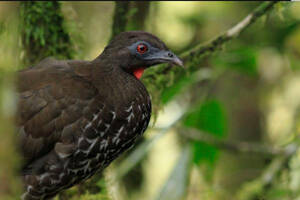
baudo guan
baudo guan,Penelope ortoni
Ancient bronze crested pheasant scientific name Penelope ortoni, foreign nam···

Penelope ochrogaster
Penelope ochrogaster,Chestnut-bellied Guan
Its scientific name is Penelope ochrogaster, and its foreign name is chestne···

Penelope obscura
Penelope obscura,Dusky-legged Guan
The black-legged crested pheasant is known as Penelope obscura or Dusky-legg···
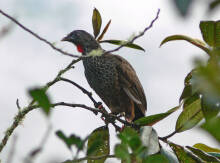
Penelope montagnii
Penelope montagnii,Andean Guan
The Andean crested pheasant is known by its scientific name Penelope montagn···
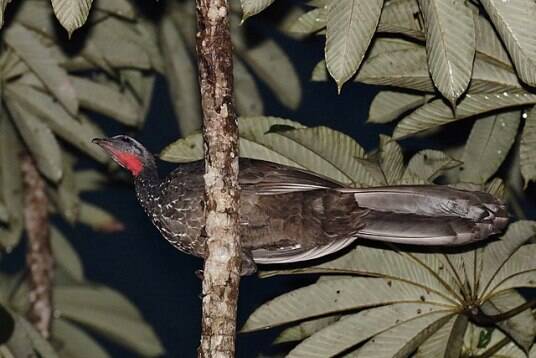
Marail Guan
Marail Guan
The green-backed crested pheasant (Penelopemarais), also known as Marail Gua···
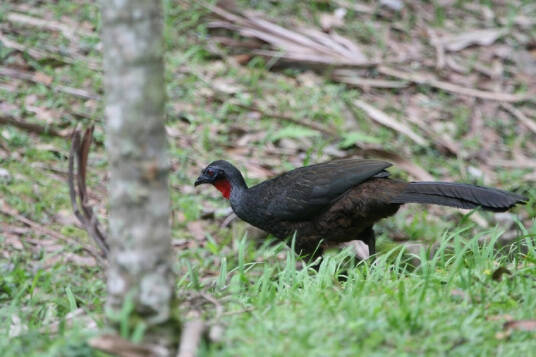
White-browed Guan
White-browed Guan,Penelope jacucaca
It is also known as White-browed Guan or Penelope jacucaca. Likes to live in···
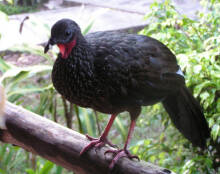
Penelope jacquacu
Penelope jacquacu,Spix's Guan
Spix crested pheasant (scientific name: Penelope jacquacu) There are 4 subsp···
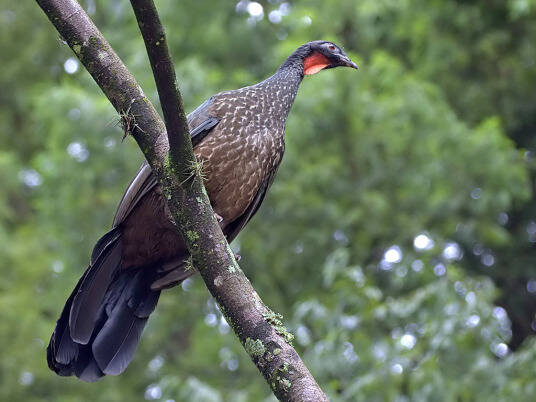
Penelope dabbenei
Penelope dabbenei,Red-faced Guan
The Red-faced crested pheasant (Penelope dabbenei) is a gregarious pheasant.···

Penelope barbata
Penelope barbata,Bearded Guan
The Bearded pheasant, whose scientific name is Penelope barbata, Bearded Gua···
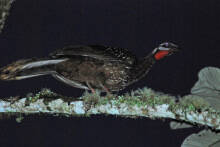
Penelope argyrotis
Penelope argyrotis,Band-tailed Guan
The pheasant's scientific name is Penelope argyrotis, and its foreign na···
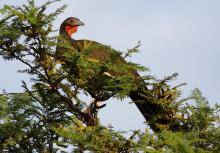
Penelope albipennis
Penelope albipennis
The white-winged crested pheasant (Penelope albipennis), also known as the w···
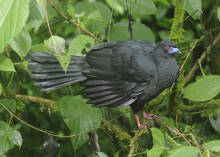
Chamaepetes unicolor
Chamaepetes unicolor,Black Guan
The pheasant's scientific name is Chamaepetes unicolor and its foreign n···
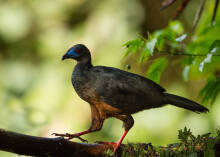
Sickle-winged Guan
Sickle-winged Guan,Chamaepetes goudotii
Chamaepetes goudotii and Sickle-winged Guan are unknown.Listed on the Intern···
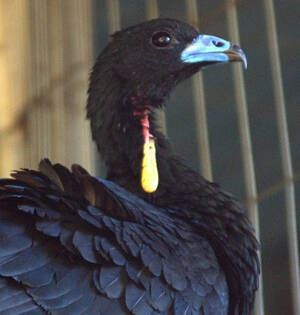
Aburria aburri
Aburria aburri,Wattled Guan
Its scientific name is Aburria aburri, its foreign name is Wattled Guan, and···
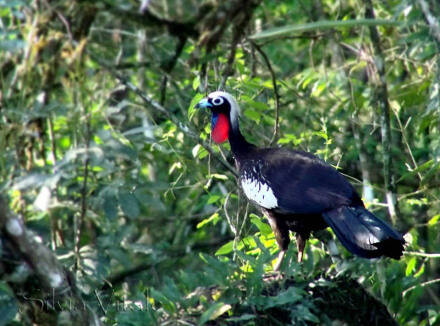
Aburria pipile
Aburria pipile
Aburria pipile, also known as the common pheasant, is a type of crested phea···
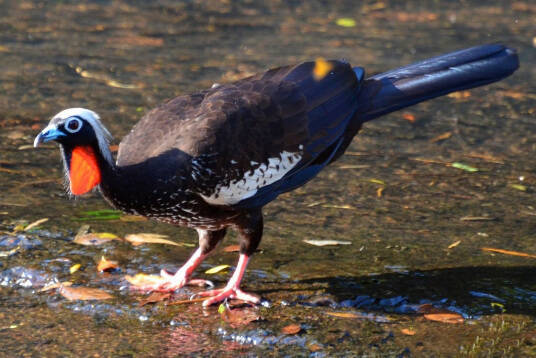
Aburria jacutinga
Aburria jacutinga
The black-fronted crested pheasant is known as Pipile jacutinga or Aburria j···
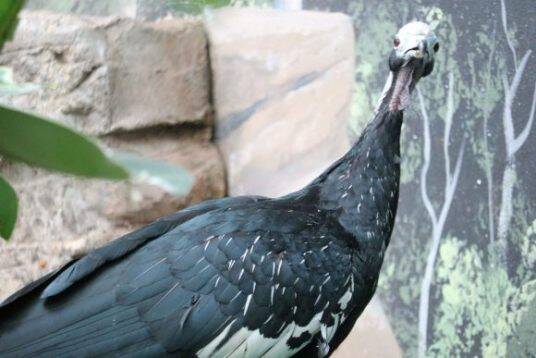
Pipile cumanensis
Pipile cumanensis,Blue-throated Piping Guan
The Blue-throated Piping Guan is known as Pipile cumanensis and blue-throate···
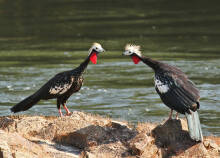
Pipile cujubi
Pipile cujubi,Red-throated Piping Guan
The pheasant is known as Pipile cujubi and Red-throated Piping Guan.Red List···
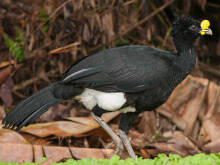
Great Curassow
Great Curassow,Crax rubra
The Great Curassow (Crax rubra) has two subspecies. The Great Crested pheasa···
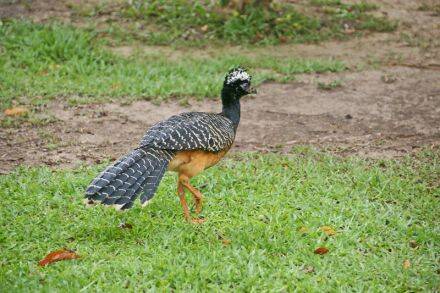
Crax pinima
Crax pinima,Belem Curassow
Crax pinima, also known as Belem Curassow, was once a subspecies of bare-fac···
